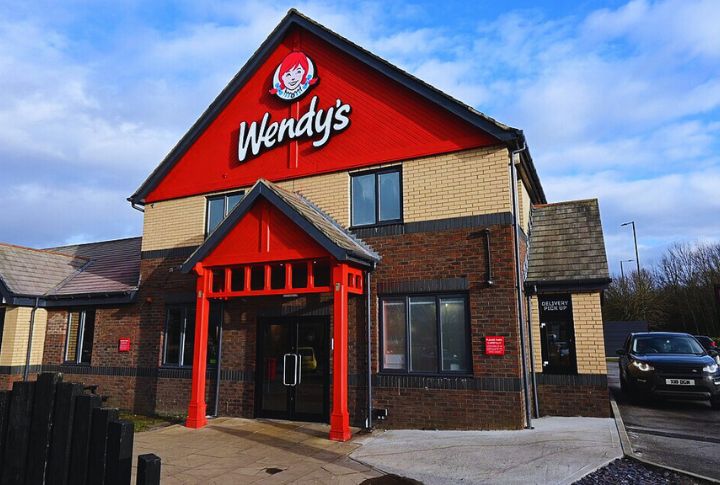
In a major shake-up for the fast-food industry, Wendy’s has announced plans to close approximately 300 underperforming locations across the United States. Interim CEO Ken Cook revealed the closure plans during a quarterly earnings call with investors on Friday, November 7.
The company will be shuttering what Cook described as a “mid single-digit percentage” of its locations. With roughly 6,000 restaurants still operating nationwide, this translates to around 300 restaurants that will begin closing later this year and continue through 2026.
Well, this announcement marks the second wave of significant closures for the fast-food chain in as many years, as Wendy’s grapples with disappointing sales figures and locations that executives say are dragging down the brand. This follows last year’s closure of 140 restaurants that Wendy’s described as “outdated and located in underperforming areas.”
Struggle Behind The Closures
The fast-food giant is facing serious challenges, reporting a 4.7% decrease in same-store sales during the third quarter of 2025. This decline puts Wendy’s at a competitive disadvantage compared to rivals like Burger King, McDonald’s, and Shake Shack, which all reported revenue increases during the same period.
Despite the closures, Wendy’s third-quarter financials weren’t all bad news. The company reported profits of $44.3 million and $549.5 million in revenue, beating analyst expectations by 2.71%. Their international business delivered strong system-wide sales growth, with international net unit growth expected to exceed 9% in 2025.
The sales troubles reflect broader challenges in the quick-service restaurant sector, where inflation-weary consumers have become more selective about dining out. Rising food costs, labor expenses, and operational overhead have compressed profit margins, forcing chains like Wendy’s to reevaluate their real estate footprints.
A Strategic Approach To Closures
Rather than applying a blanket approach, Cook emphasized that Wendy’s plans to evaluate restaurants on a case-by-case basis. The company isn’t automatically shuttering every underperforming restaurant but exploring several potential solutions before making final closure decisions.
Some struggling locations may receive upgrades to technology and equipment in an effort to boost performance and modernize the customer experience. Other underperforming restaurants could be transferred to new franchise operators who might bring fresh management strategies and operational improvements. Only locations that cannot be fixed through these interventions will face permanent closure.
“These actions will strengthen the system and enable franchisees to invest more capital and resources in their remaining restaurants,” Cook mentioned. “Closures of underperforming units are expected to boost sales and profitability at nearby locations.”
What This Means For Wendy’s Future
In the Q3 earnings call, the individual suggested that in the past, the brand had focused “on sales overnight and not enough on brand over time.” Now, they aim to “reestablish Wendy’s as a leader in quality and freshness in the industry.” The chain recently debuted its new chicken tenders, called “Tendys,” which seem to be selling well, with Cook suggesting they will continue the momentum the new menu item has brought.
As Wendy’s moves forward with its consolidation strategy, the company faces the delicate task of culling underperforming locations while maintaining franchise relationships and employee morale. The success of this initiative will mainly depend on whether the remaining restaurants can generate sufficient sales growth to offset the lost revenue from closed locations.
Fast-food chains increasingly prioritize profitable, high-performing locations over maintaining large store counts that include underperforming outlets. For Wendy’s, the proof will be in the pudding—or perhaps, in the Frosty.

